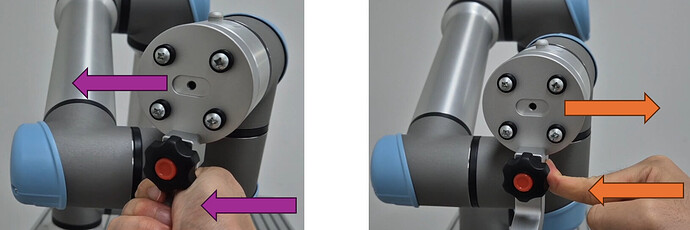Hello everyone,
I’m working with a UR5e robot and encountered some confusing behavior while using Force Mode. I’d really appreciate your advice or insights.
Here’s my setup:
-
The robot is equipped with an end-effector, and I enabled Force Mode.
-
Force Mode is configured to only allow movement in the
rydirection of the tool frame. -
I tested the setup by moving the end-effector with my hand and also by pressing it with my finger.
The issue I observed is the following:
-
When I firmly grabbed the end-effector and moved it, it responded correctly in the intended force direction.
-
However, when I pressed the end-effector with my finger, it moved in the opposite direction of what I expected.
This was quite surprising, and I’m not sure why this happens.
I’d like to address this problem through software using URScript and Python, but I’m struggling to determine the best approach.
Has anyone experienced a similar situation? What would be the recommended way to handle or fix this issue in software?
